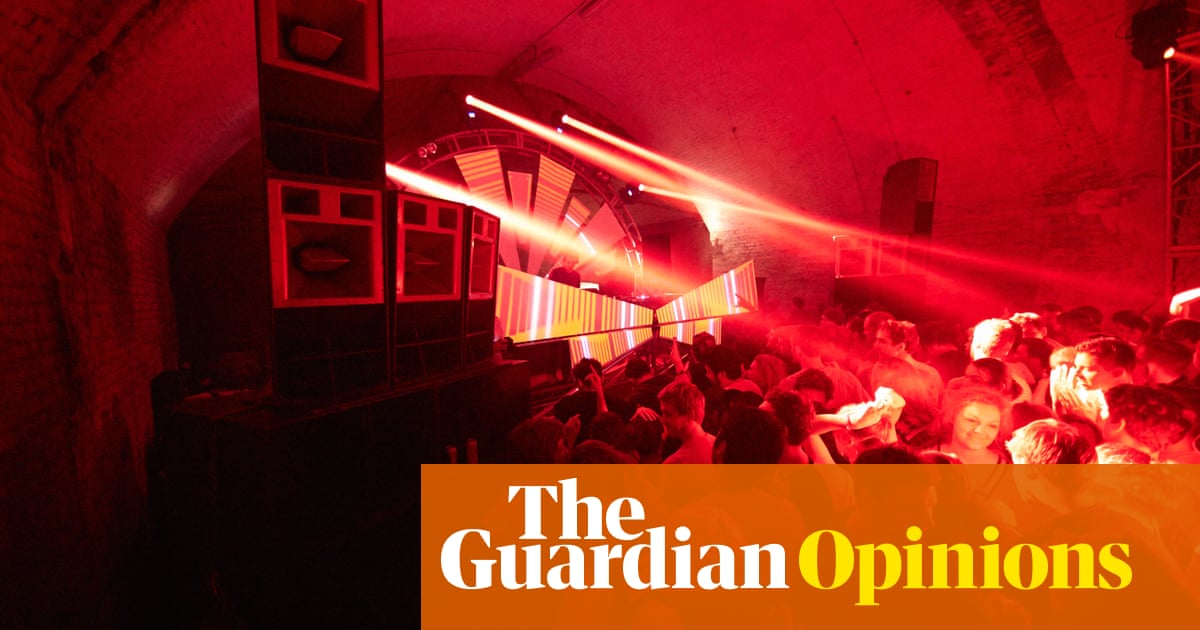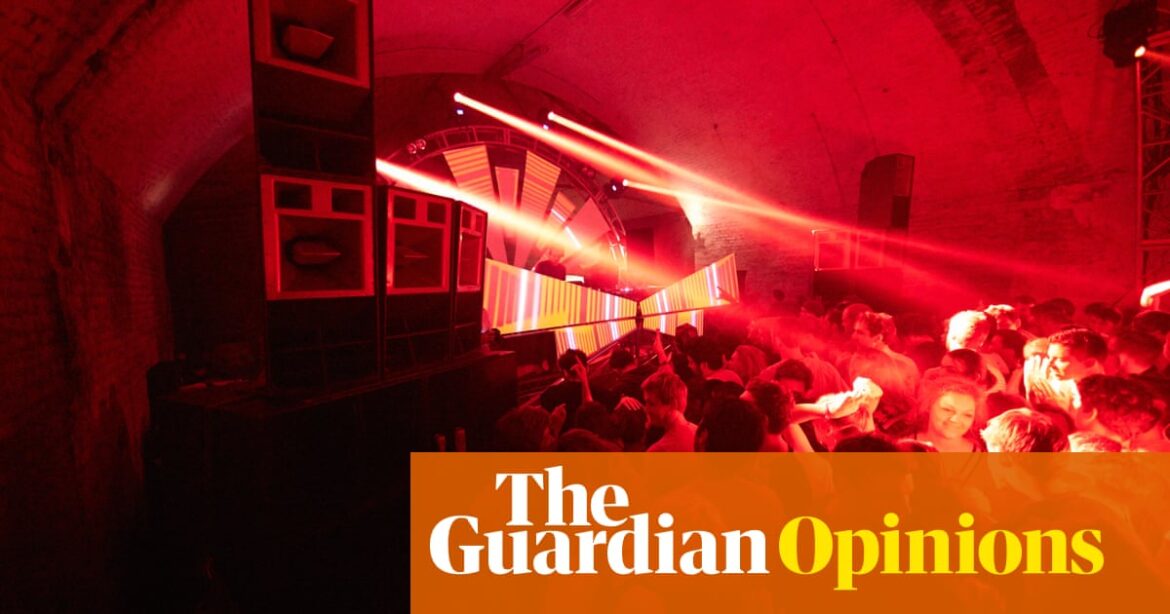
H
Having a good time is a lucrative industry. In the past, factories and mills were the main attraction drawing thousands of people to urban areas. Nowadays, modern cities are expected to sustain themselves and their residents by producing leisure and capitalizing on the idea of having a fun time. This trend is evident in the popular saying that “the night-time is now its own economy” – one that is valued at around £66bn in the UK. Cities are no longer expected to hibernate at night as sleeping is seen as a waste of potential consumption time. However, despite the thriving nightlife scene including nightclubs, pubs, and restaurants, it is clear that British nightlife is facing significant challenges.
A study released recently by the NTIA explored the financial and societal influence of electronic music in the United Kingdom. It revealed that while the genre is flourishing on digital mediums and at festivals, its physical presence in club culture is facing serious challenges. After all, dancing is an integral part of dance music.
Across the country, the study revealed a decrease of 396 nightclubs since March 2020, which accounts for approximately one-third of the original count of 1,283 before the pandemic. In the city, this has been linked to a message from the Conservative party during election season about Sadiq Khan’s shortcomings as mayor, and the reported decline of the nightlife in London, as stated by a recent Daily Mail article.
In 2024, strolling through central London may seem like traversing a dismal, futuristic parody of the excitement of city spontaneity. This includes bars with ball pits and escape rooms for forced corporate gatherings, pricey and exclusive events, and security personnel disguised as police, patrolling heavily monitored POPS (privately owned public spaces) and instructing citizens to move along. This Easter, Soho will feature The Art of Going Out, a unique immersive art exhibition centered around the concept of a night out – all while nearby pubs and bars battle to remain in business.
Yet, it is peculiarly pessimistic to lament the destruction of London’s nightlife or the apparent extinction of UK clubs by 2030, as stated in a recent headline by the fashion magazine Dazed.
Based on a quick search on Google Maps, it appears that there are 17 pubs or bars in the southern London area that are open until midnight or later on Saturdays. A significant number of these establishments have dance floors and DJs, and there are also numerous clubs available for patrons to stay out late into the night. Despite facing difficulties, new venues continue to open regularly. The three London clubs that I currently enjoy the most – Ormside Projects, Venue MOT, and The Carpet Shop – are all small and unpretentious, but offer exceptional sound systems and a laid-back atmosphere. Interestingly, all of these venues have debuted within the last 10 years, with The Carpet Shop being the most recent addition, having opened just 18 months ago.
Large urban areas have certain places that are at a higher risk compared to others. According to Southwark councilor Kimberly McIntosh, venues that specialize in Black and Latin music can encounter unique obstacles. She was taken aback by the persistent efforts of new residents living in pricey apartment complexes to shut down two late-night venues in the borough, which primarily catered to “more recent migrants”. This situation went largely unnoticed and was not as widely publicized as the battle to save the well-known superclub Fabric. “Many of the complaints we received had underlying racial undertones,” says McIntosh.
The number of venues at nightclubs in Britain has significantly decreased, but there is a disproportionate emphasis on major cities and the capital. These areas have always experienced change and fatigue in their ever-changing club scenes, obscuring the true locations in danger. Towns are facing the worst consequences- a recent example being the closure of Wigan’s Indiependence after more than two decades. According to the NTIA report, these towns account for more than half of the overall losses in the country. Covid, increasing costs, and a decrease in disposable income have taken a toll on high street clubs in smaller towns.
The overall state of nightlife is not struggling everywhere. The amount of alcohol sold at major locations such as theaters, arenas, and sports arenas has risen by an impressive 18.8% compared to 2019. In bars, this number is 11.5%, which could suggest that there is a trend of people choosing alternative forms of entertainment like festivals, concerts, and sporting events instead of traditional nightclub dancing.
Urban planners, policy experts, and politicians have a duty to promote a diverse and inclusive cultural and social environment for everyone. However, if we want to prevent the homogenization caused by gentrification and rentier capitalism in our communities, we must also play a role. Supporting a vibrant nightlife culture entails actively participating in events and not just observing from the sidelines.
According to Elijah, the co-founder of Butterz label and expert in grassroots music, who wrote on X this week, there are city-dwellers who view nightlife as an aspect that should inherently be enjoyable, rather than requiring effort or participation from themselves to make it enjoyable.
To put it differently, instead of feeling sad, take action and participate in tackling the issues in your community. Often, there are smaller, independent venues that are in danger and rely on public backing: they require advocates to help them in fights against property owners, builders, resident opposition, and government meetings and discussions.
If you no longer engage in dancing, I still urge you to join the request: provide us with sustenance, but also with lively music.
-
.
Dan Hancox is an independent journalist who specializes in covering topics such as music, politics, cities, and culture. Later this year, his new book Multitudes: How Crowds Made The Modern World will be published.
Source: theguardian.com



